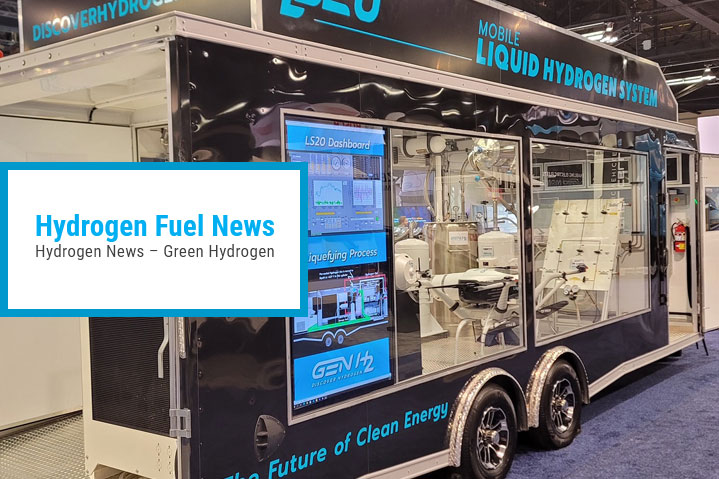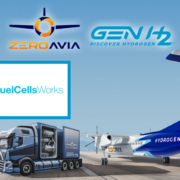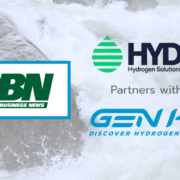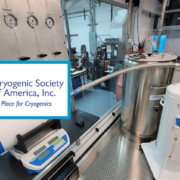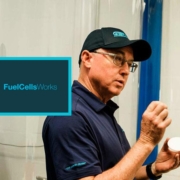Liquid hydrogen featured by GenH2 at ACT Expo
Read Time: 2 minutes
The LS20 was spotlighted by the company at its booth at the Anaheim Convention Center.
This is a repost from Hydrogen Fuel News — H2, more specifically liquid hydrogen, made a considerable statement at the ACT Expo this year, as companies such as GenH2 took the opportunity to place their new cutting-edge systems directly in the spotlight.
The Anaheim Convention Center was abuzz with new pilot projects and prototypes using H2.
The GenH2 LS20 Mobile Liquid Hydrogen System was onsite for the entire length of the event. It helped visitors to better understand the mobile liquefaction unit providing a fully integrated, space-optimized liquified H2 solution. The system is appropriate for a spectrum of applications, including energy backup and transportation.
GenH2 spoke of the benefits of using the system to help accelerate the use of liquified H2 by way of pilot projects and testing. Moreover, the LS20 unit can be applied to a lab setting for testing material, insulation, thermodynamic properties and various application use cases.
Industry response has been particularly high in the launch of the LS20 Mobile Liquid Hydrogen System.
The system first debuted in April 2023, at which time GenH2 and leading global engineering design and highly engineered equipment manufacturer Chart Industries announced that they had entered into a strategic partnership for the marketing and distribution of small-scale H2 liquification technologies worldwide.

The strategic partnership involves a collaboration on marketing and global sales opportunities as well as equipment manufacturing and supply, in addition to GenH2’s 1,000 kilograms per day H2 liquefier deployment.
In attendance at the event was GenH2 vice president of fabrication, Richard Pratt, who headed the team behind the development and creation of the LH20 mobile system. Also there was Dr. Jong Baik, GenH2 chief technology officer and globally-renowned expert in H2.
Liquid hydrogen
Liquid hydrogen has become a notable focus in clean energy, particularly in energy intensive areas where space is limited, such as in the aerospace industry, among others.
Among the primary challenges is that it must be kept below −253°C (−423°F) in order to keep the H2 liquified. Otherwise, it returns to a gaseous state, which requires immense pressure to keep it contained in a small space.
